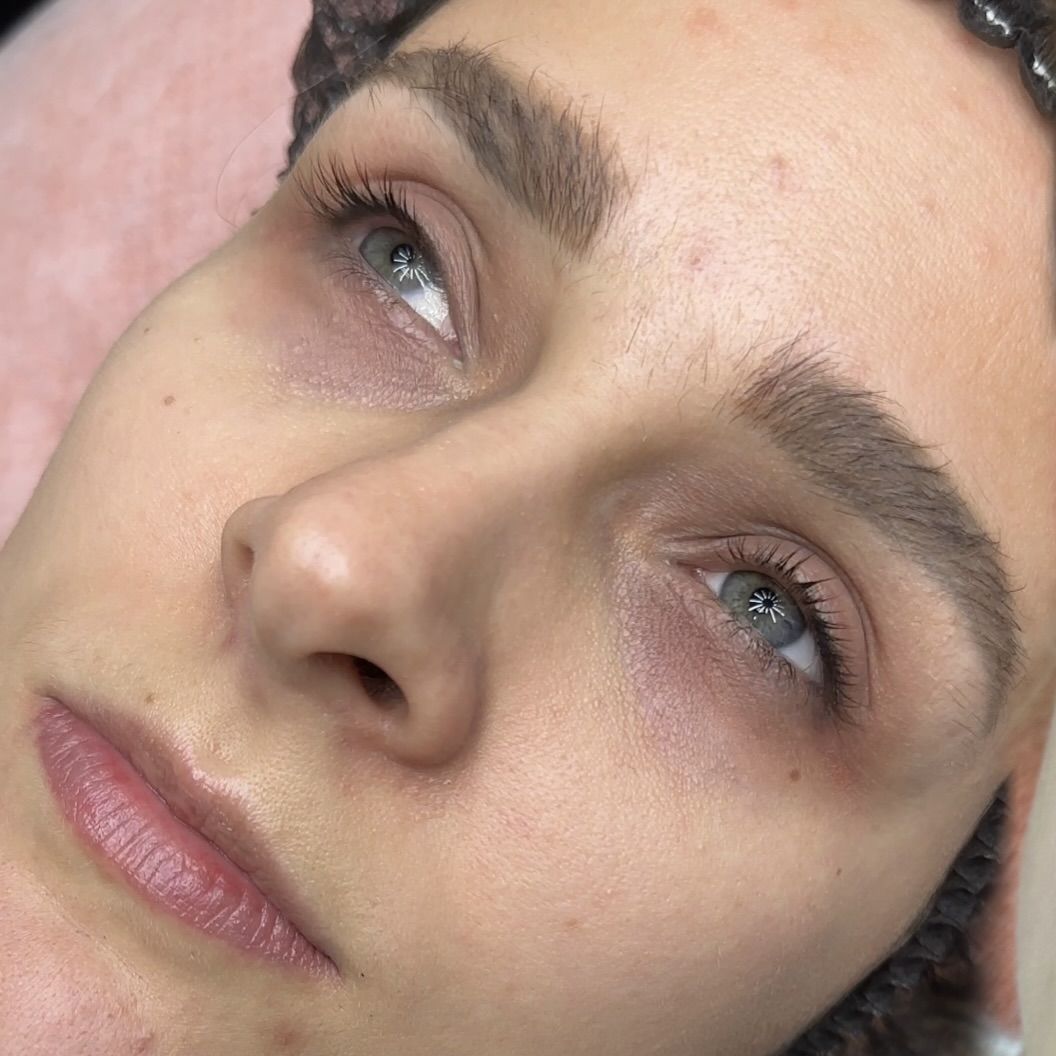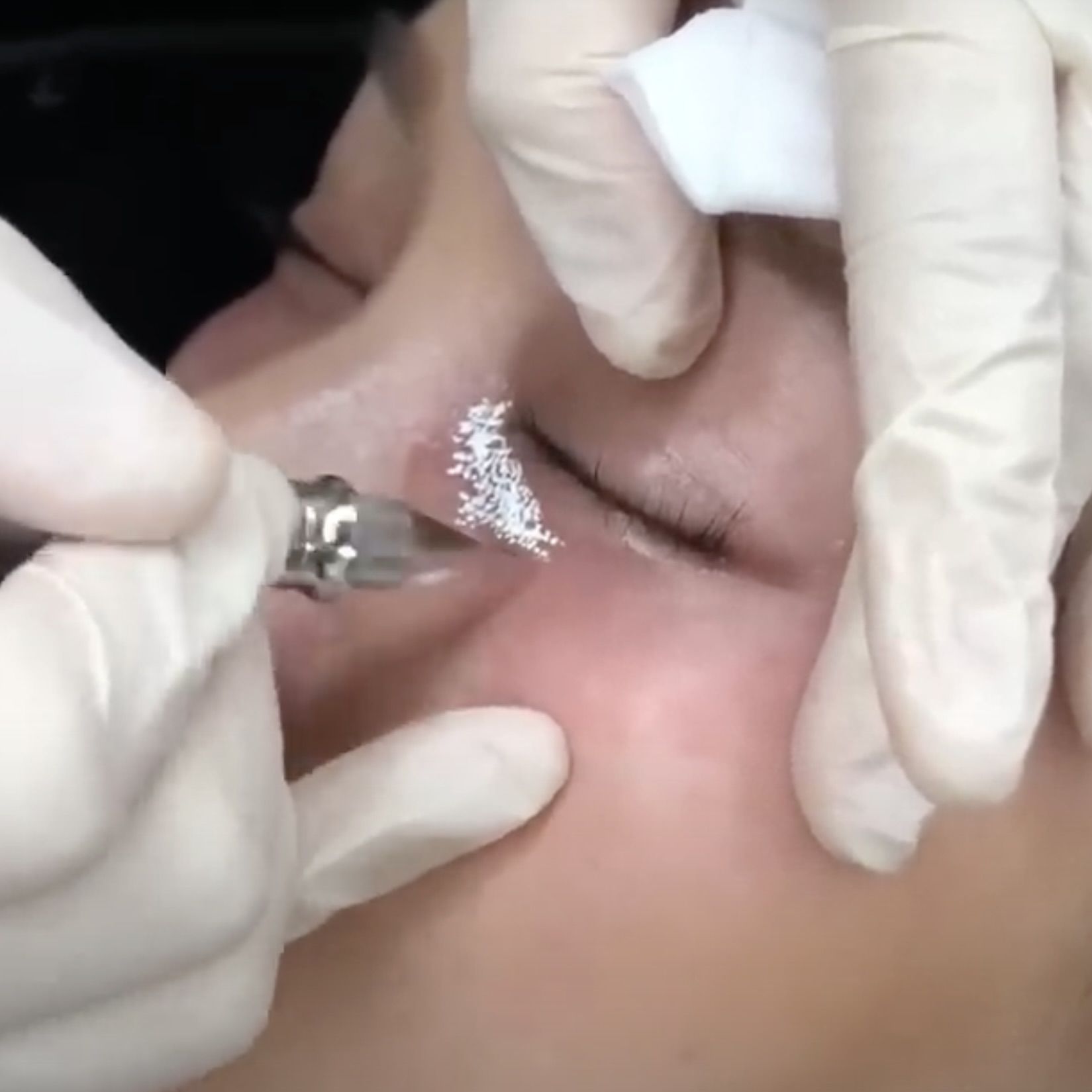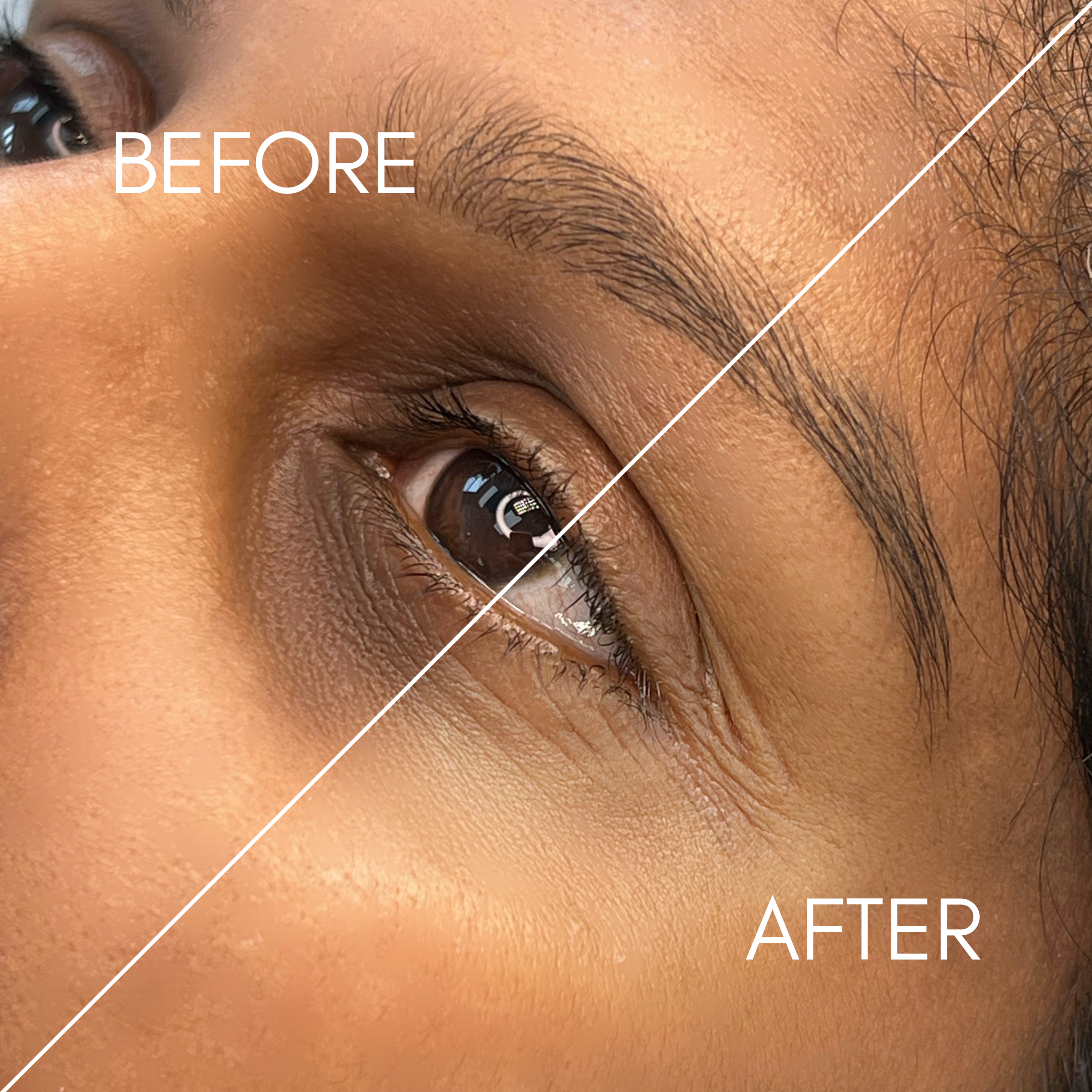



Are you tired of having to hide your dark undereye circles? Then this procedure is right for you!
By using permanent makeup and scar camouflage techniques, the undereye circles can be color corrected and brightened.
By using color theory, brown / purple / blue undereye circles can be treated. Please note, more than one procedure may be required for the best results.
About dark circles correction
Dark circle correction services are treatments offered by dermatologists, cosmetic surgeons, and aesthetic clinics to reduce or eliminate dark circles under the eyes. These services can vary widely in terms of techniques, procedures, and results. Here’s an overview of some common methods used to address dark circles:
Non-Surgical Treatments
Topical Creams and Serums:
- Ingredients: Often contain retinol, vitamin C, peptides, and hyaluronic acid.
- Effectiveness: Can improve skin texture and pigmentation over time with consistent use.
Chemical Peels:
- Purpose: Exfoliate the skin to reduce pigmentation and improve skin texture.
- Types: Usually mild peels like glycolic acid or lactic acid peels are used for the delicate under-eye area.
Laser Therapy:
- Types: Fractional CO2 lasers, pulsed dye lasers, or Q-switched lasers.
- Purpose: Target pigmentation and stimulate collagen production.
Microneedling:
- Procedure: Tiny needles create micro-injuries in the skin, stimulating collagen production and improving texture.
- Combination: Often combined with PRP (Platelet-Rich Plasma) for enhanced results.
Fillers:
- Substance: Hyaluronic acid-based fillers like Restylane or Juvederm.
- Purpose: Add volume to under-eye hollows, reducing the appearance of dark circles caused by shadowing.
Surgical Treatments
- Blepharoplasty:
- Procedure: Eyelid surgery to remove excess fat or skin and tighten the area.
- Purpose: Can significantly reduce puffiness and dark circles due to fat deposits or sagging skin.
Lifestyle and Home Remedies
Proper Sleep:
- Ensuring adequate and quality sleep can reduce the appearance of dark circles.
Hydration:
- Drinking plenty of water and using a good moisturizer can help maintain skin elasticity and reduce dark circles.
Healthy Diet:
- Consuming a balanced diet rich in vitamins and antioxidants supports skin health.
Cold Compresses:
- Applying cold compresses or chilled cucumber slices can reduce puffiness and temporarily improve the appearance of dark circles.
Consultation and Customization
- Assessment: A dermatologist or cosmetic specialist will assess the cause of dark circles, which could be due to pigmentation, vascular issues, or structural shadows.
- Customization: Treatment plans are often customized based on the individual’s skin type, severity of dark circles, and underlying causes.
Risks and Considerations
- Side Effects: Possible side effects can include redness, swelling, bruising, and allergic reactions, depending on the treatment.
- Costs: The cost varies widely depending on the treatment type and the number of sessions required.
Choosing a Provider
- Qualifications: Ensure the provider is qualified and experienced in performing the specific treatment.
- Reviews: Check reviews and before-and-after photos of previous patients.
- Consultation: A thorough consultation should be conducted to discuss goals, expectations, and possible outcomes.
By exploring these options and consulting with a specialist, individuals can find a treatment plan tailored to their needs and effectively reduce the appearance of dark circles.



